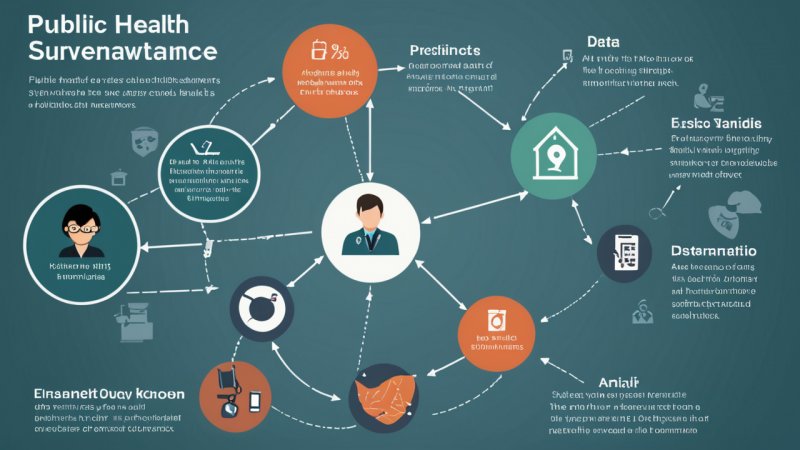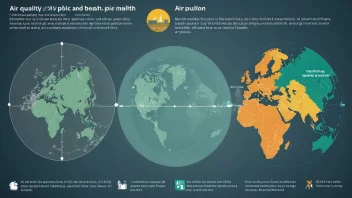What is public health surveillance?
Public health surveillance is a systematic collection, analysis, and interpretation of health data. It plays a crucial role in monitoring disease trends, identifying outbreaks, and guiding public health interventions. By tracking health events, authorities can respond promptly to emerging health threats.
Why is public health surveillance important?
Surveillance is vital for several reasons:
- Early detection: It helps in the early identification of disease outbreaks, allowing for quicker responses.
- Informed decision-making: Data collected through surveillance aids policymakers in making informed health decisions.
- Resource allocation: It helps in determining where to allocate resources effectively, ensuring that areas with high disease prevalence receive adequate attention.
How does public health surveillance work?
Public health surveillance typically involves the following steps:
- Data collection: Health data is collected from various sources, including hospitals, laboratories, and community health programs.
- Data analysis: The collected data is analyzed to identify patterns, trends, and anomalies.
- Interpretation: Public health officials interpret the data to understand the implications for public health.
- Dissemination: Findings are shared with stakeholders and the public to inform and guide actions.
What are some examples of public health surveillance systems?
Several systems are in place worldwide to monitor public health:
- The Centers for Disease Control and Prevention (CDC): In the United States, the CDC operates the National Notifiable Diseases Surveillance System (NNDSS), which tracks certain diseases.
- The World Health Organization (WHO): WHO coordinates global surveillance efforts, particularly for infectious diseases like influenza and COVID-19.
- Local health departments: Many local health departments have their surveillance systems to monitor health trends in their communities.
What challenges does public health surveillance face?
Despite its importance, public health surveillance faces several challenges:
- Data quality: Ensuring the accuracy and completeness of data can be difficult.
- Privacy concerns: Collecting health data raises ethical issues related to individual privacy.
- Funding: Public health surveillance often relies on government funding, which can be inconsistent.
How has public health surveillance evolved with technology?
Advancements in technology have significantly enhanced public health surveillance:
- Data analytics: Improved data analytics tools allow for more sophisticated analysis of health data.
- Real-time monitoring: Technologies such as mobile apps and online reporting systems enable real-time data collection and reporting.
- Social media: Public health officials increasingly use social media to monitor health trends and public sentiment.
What role does public health surveillance play in epidemic response?
During an epidemic, public health surveillance is critical for:
- Identifying outbreaks: Surveillance helps in detecting and confirming outbreaks quickly.
- Tracking disease spread: It allows health officials to monitor how a disease spreads geographically and demographically.
- Evaluating interventions: Surveillance data can assess the effectiveness of public health interventions and guide future responses.
How can the public contribute to public health surveillance?
The public can play a vital role in supporting public health surveillance by:
- Reporting symptoms: Individuals can report symptoms of infectious diseases to health authorities.
- Participating in surveys: Engaging in health surveys helps provide valuable data.
- Staying informed: Staying updated on public health recommendations and guidelines can enhance community health.
In conclusion, public health surveillance is an essential component of disease control and prevention. By systematically collecting and analyzing health data, it provides valuable insights that guide public health interventions. While challenges remain, advancements in technology and community involvement can enhance the effectiveness of surveillance efforts, ultimately leading to better health outcomes for all.






